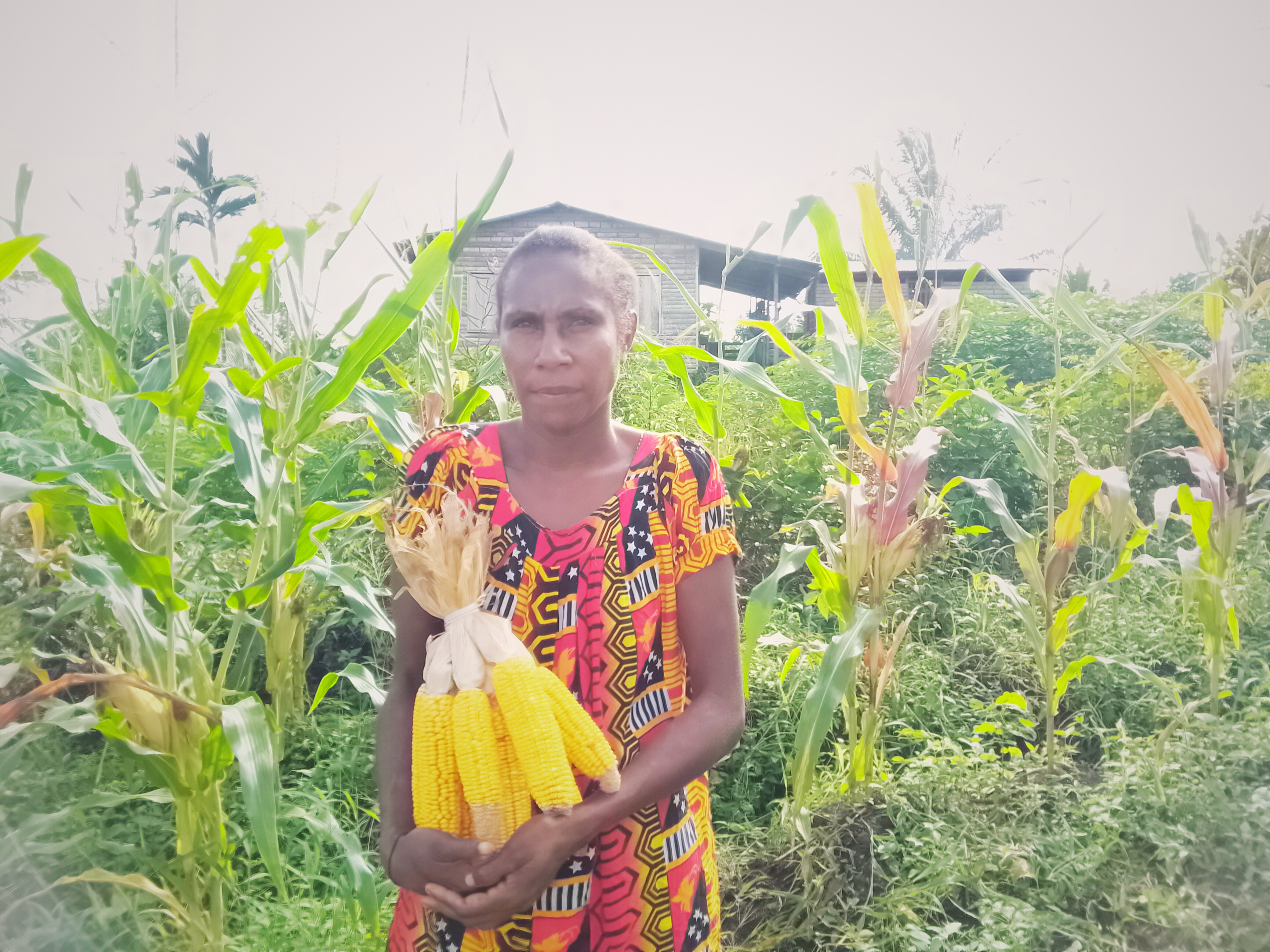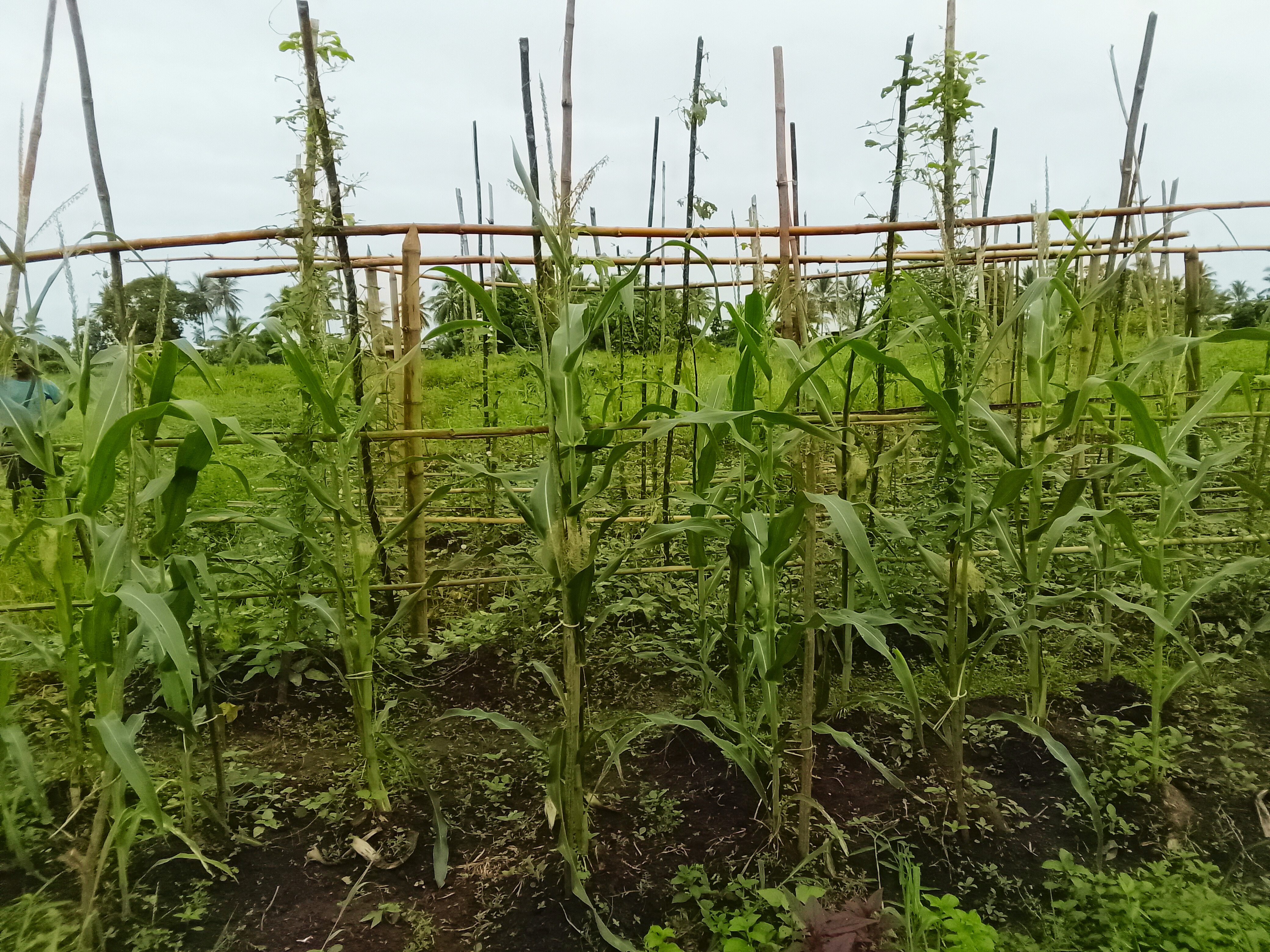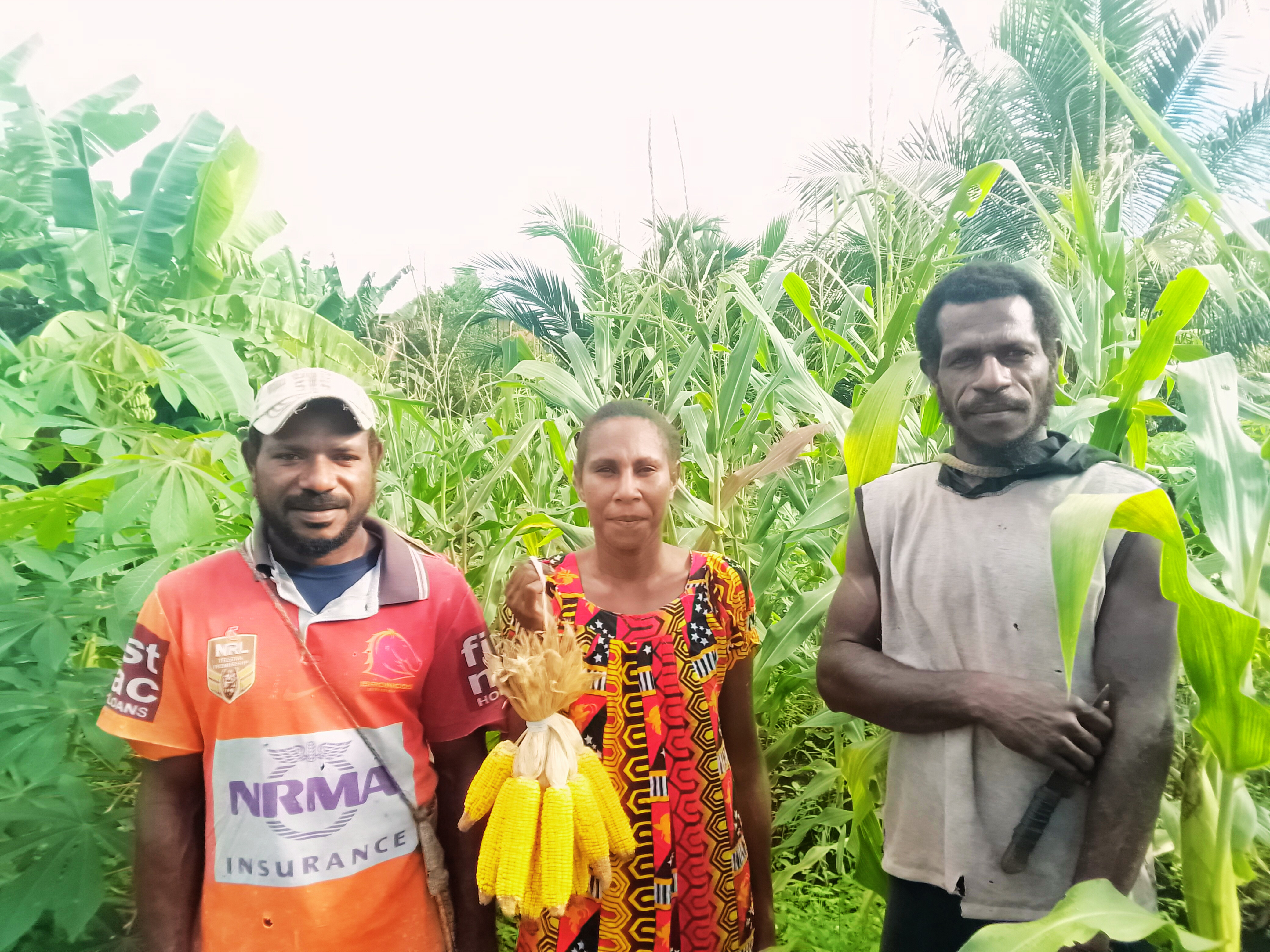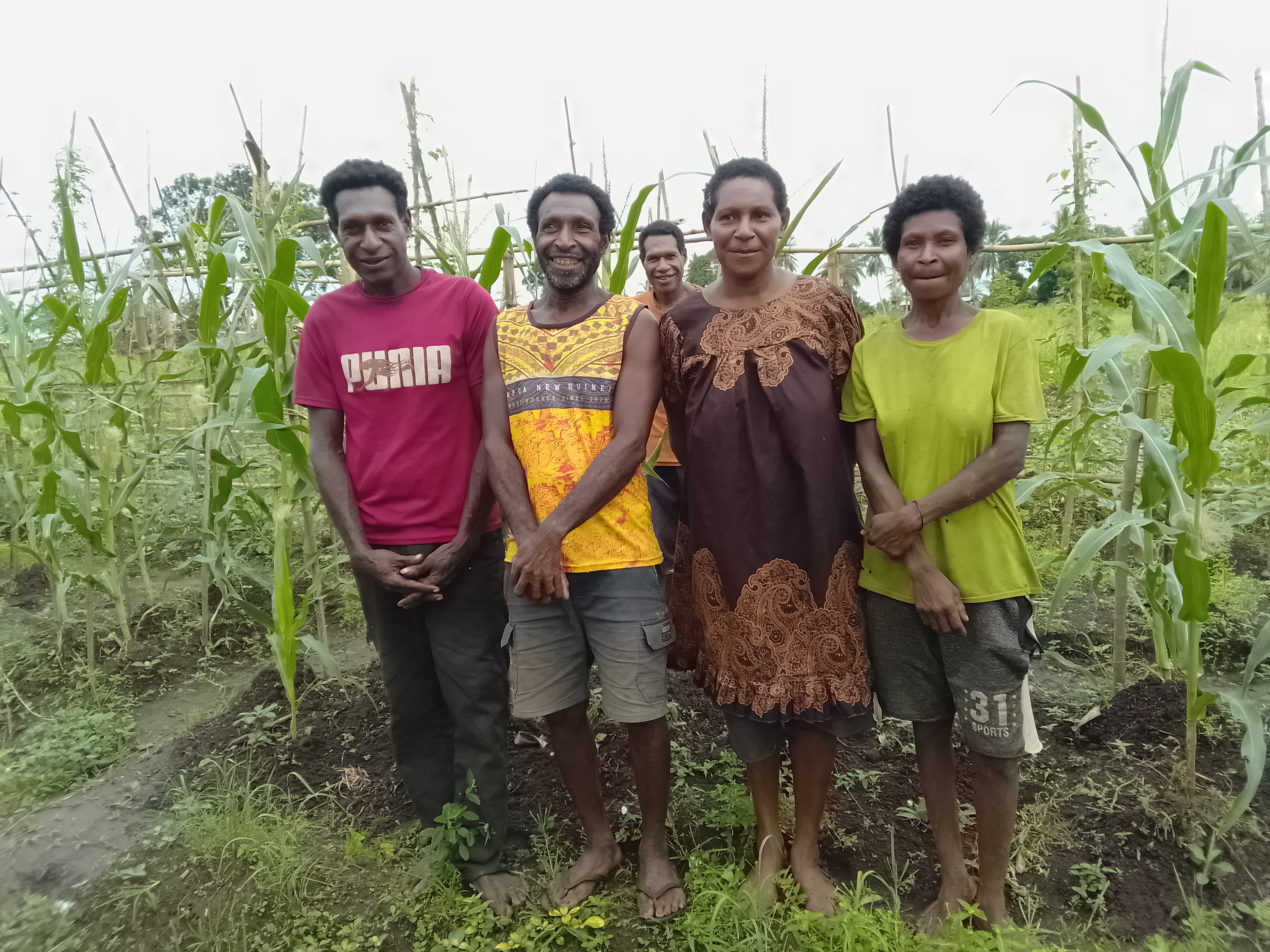Rising Above the Floods and Beyond

When floods swept through the Delta Fly District of Western Province in mid-2024, they stole more than crops. They stole certainty. Gardens were flattened, food staples such as sago became inaccessible, and families faced the daily anxiety of not knowing what they would eat or where they would sleep next.
Entire routines were uprooted, and for many, the floodwaters not only blurred pathways but also the foundations of security and survival. Instead of being defined by disaster, however, the communities rose to reclaim their future.
Supported by the New Zealand Government through the Ministry of Foreign Affairs and Trade (MFAT) and led by World Vision Papua New Guinea, the people of Delta Fly embarked on a two-part journey. One was rooted in preparedness, while the other was rooted in long-term transformation. This approach blended the principles of disaster risk reduction with the practical solutions of climate-smart agriculture, helping communities build resilience both before and after disaster struck.

Through disaster risk reduction training, community members were equipped with knowledge that empowered them to make informed decisions based on evidence, rather than fear. They learned to read the landscape, recognise warning signs, and respond early. Simple tools such as flood warning posts became life-saving markers. Installed at critical points along rivers and water catchments, these posts were designed with calibrated measurements that displayed rising water levels in real-time.

In Pisi Ward, residents paid close attention to one particular post. As the river crept past the yellow line etched into the timber, it signalled more than just danger. It marked a turning point. That line was not merely paint, it was a prompt to act.
Guided by their observations and strengthened by what they had learned, families packed what they could, crossed the lagoon, and began rebuilding on higher ground. Their relocation was voluntary, strategic, and unified. It was a decision informed by trust, knowledge, and community leadership.

"The numbers showed us the truth. We realised we were living in a high-risk zone. Our people chose safety. We chose to move," said Ward Councillor, Sawi Keta.
On the other side of the water, cleared plots began to take shape. Working together, families mapped out housing areas, designated garden space, and restored basic infrastructure with whatever tools and materials they had. It was an act of faith and determination.

With guidance and support from World Vision teams, these households built their homes, planted gardens, and settled into a rhythm of life that felt not just safer, but more hopeful.
However, recovery did not end with relocation. The environmental damage left behind by the floods had created a deeper crisis, which was food insecurity. Sago, once a reliable staple, had become scarce, and many families struggled to cultivate crops in damaged soil.

To address this, World Vision introduced a climate-smart agriculture initiative, bringing seeds, tools, and technical support to fifteen flood-affected communities. The initiative was designed to do more than restore harvests. It aimed to equip communities with climate-resilient practices that would help them sustain themselves through future challenges.
Thirty farmers from each village participated. They were carefully selected for their leadership potential and commitment to sharing knowledge. Among them were lead farmers tasked with mentoring others, and contact farmers who extended lessons beyond their immediate circles.

Beans, taro, and corn were chosen for their nutritional value and adaptability to changing soil conditions. Residents embraced the training with remarkable energy, particularly women, who often led the planting and maintenance efforts with pride and discipline.
"In the past, we paddled long distances to find sago. Now we grow food near our homes. We eat different crops, and even when there is no sago, we still have something to help us," said Olive Lalela, a lead farmer from Isago Sub-ward 2.
From Isago Ward 3, fellow lead farmer Sari spoke of progress measured in harvests
"Beans were harvested and distributed to sixty households. Corn grew fast, one hundred and twenty-one stalks strong, and we made sure it reached all families," says Sari.
These efforts did more than feed families. They restored dignity and agency. Farmers who had once faced uncertainty were now serving as mentors and examples of strength. Peer support networks flourished.
Households began redistributing seeds so that no family was left out. Small lessons, once delivered in group trainings, became shared rituals in everyday life. How to space seedlings, when to water, how to track growth and protect soil.

The transformation has been more than physical. New knowledge took root alongside new crops. Women stepped into visible leadership roles, bringing not only agricultural insights but emotional support and unity to their communities. With each planted seed and relocated household, resilience grew, not only in soil, but in spirit.
Today, the people of Delta Fly are no longer defined by the floods that once displaced them. They are defined by the choices they made. Choices to trust their observations, to move together, and to rebuild a future with courage, clarity, and community at its core. Their story is one of leadership from the ground up, where the tools were simple, the decisions collective, and the impact undeniable.